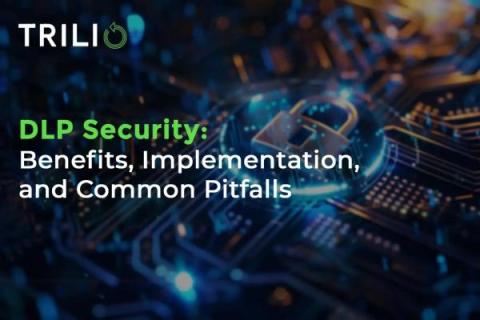The Lifecycle of a Digital File
In the digital world, every document, image, video, or program we create leaves a trail. Understanding the lifecycle of a file, from its creation to deletion, is crucial for various purposes, including data security, data recovery, and digital forensics. This article delves into the journey a file takes within a storage device, explaining its creation, storage, access, and potential deletion phases.











